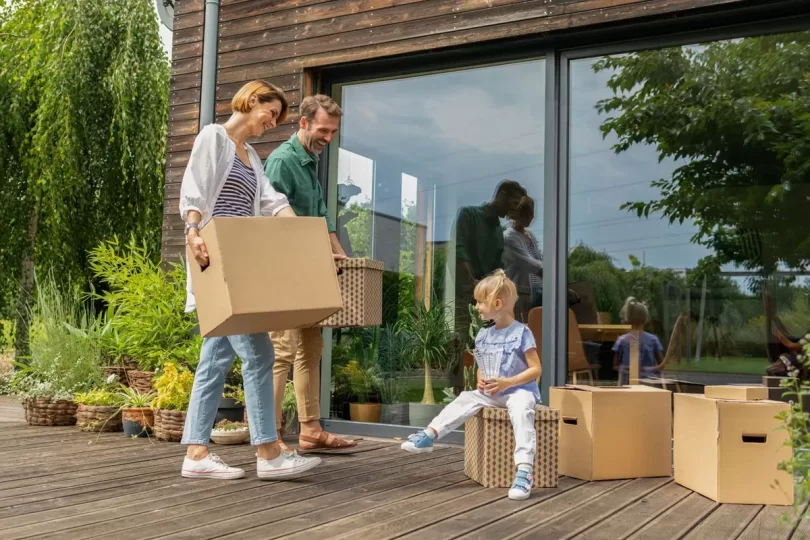Moving to a new neighborhood is both an exciting and daunting experience. It offers the chance to start fresh, explore a different environment, and meet new people. However, adjusting to unfamiliar surroundings can be challenging, especially if you are moving to a different city or state. Making an effort to integrate into your new community can help ease the transition and make your new house feel like home. By taking the proactive steps and following this guide, you can build relationships, familiarize yourself with your surroundings, and establish a sense of belonging.
Contents
Get to Know Your Surroundings
One of the first things you should do after moving in is to explore the neighborhood. Take a walk or drive around to locate essential places such as grocery stores, pharmacies, parks, and restaurants. If you have children, find out where the nearest schools and playgrounds are. Visiting these places will not only help you feel more comfortable but also introduce you to people who frequent them. Additionally, learning about local transportation options, traffic patterns, and shortcuts will make daily commutes more manageable.
Introduce Yourself to Neighbors
Building connections with those who live nearby can make settling into a new neighborhood much easier. A simple wave or a friendly greeting can go a long way in starting conversations with your neighbors. If you feel comfortable, consider knocking on a few doors to introduce yourself and your family. You can also attend community events, such as block parties or homeowners’ association meetings, to meet more residents. Establishing good relationships with neighbors can provide a sense of security and support, making your new environment feel welcoming and familiar.
Engage in Local Activities
Getting involved in community activities is a great way to integrate into your new neighborhood. Look for local clubs, fitness classes, volunteer opportunities, or religious organizations that align with your interests. Participating in these activities will not only help you make friends but also give you a deeper understanding of the community’s culture and values. Supporting local businesses and attending town events can also be a great way to feel connected to your surroundings. The more engaged you are, the more quickly you will feel like part of the neighborhood.
Utilize Social Media and Apps
Technology can be a valuable tool when settling into a new area. Many neighborhoods have social media groups or online forums where residents share information, events, and recommendations. Joining these groups can help you stay informed about what’s happening in the community and provide a platform to ask questions. Apps like Nextdoor can connect you with nearby residents and offer insights into local businesses, safety alerts, and neighborhood discussions. Engaging with these digital communities can enhance your sense of connection and make it easier to integrate into your new environment.
Establish Routines and Traditions
Creating a sense of normalcy in your new home is essential for feeling settled. Establishing routines, such as morning walks, weekly grocery shopping at a specific store, or visiting a favorite café, can help you feel more at ease. If you have children, maintaining familiar bedtime or school routines will provide stability during the transition. Additionally, starting new traditions, such as hosting a small gathering or joining a weekend farmers’ market, can create positive associations with your new neighborhood. Over time, these routines and traditions will contribute to your sense of belonging and comfort.
Be Patient and Give Yourself Time
Adjusting to a new neighborhood takes time, and it’s normal to feel out of place at first. Be patient with yourself and allow the process to unfold naturally. It may take weeks or even months to feel truly at home, but small, consistent efforts will make a difference. If you find yourself feeling lonely or disconnected, remind yourself that building relationships and familiarity takes time. Focus on the positive aspects of your new environment and celebrate small milestones, such as remembering a neighbor’s name or discovering a great local restaurant. The more open and adaptable you are, the smoother the transition will be.
Final Thoughts
Settling into a new neighborhood is a journey that requires effort, patience, and an open mind. By exploring your surroundings, connecting with neighbors, engaging in community activities, and utilizing technology, you can ease the transition and build a sense of belonging. Establishing routines and giving yourself time to adjust will further contribute to feeling at home in your new environment. Every move presents an opportunity for growth and new experiences, so embrace the change with a positive attitude. With time and effort, your new neighborhood will become a comfortable and welcoming place to call home.







